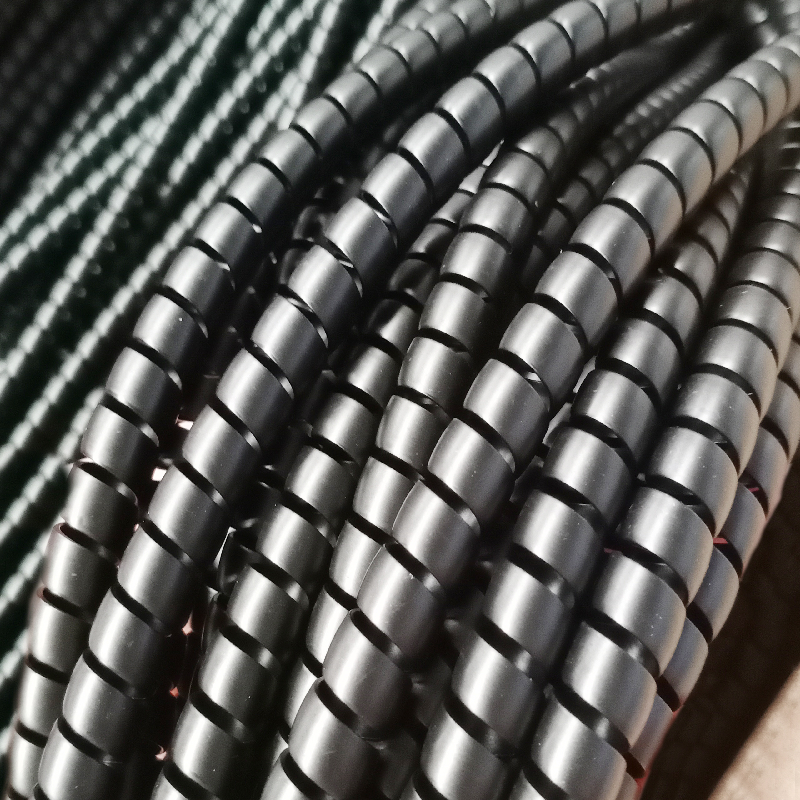Replacement Power Steering Hose for Ford F250 Heavy-Duty Performance and Durability
Understanding the Ford F250 Power Steering Hose Importance and Maintenance
The Ford F250, a robust pickup truck celebrated for its performance and utility, is an essential vehicle for many enthusiasts and professionals alike. One of the vital components of its steering system is the power steering hose, which plays a crucial role in ensuring smooth maneuverability and maneuverability of the truck. Understanding the significance of this component, as well as proper maintenance, can enhance the longevity and reliability of your vehicle.
What is the Power Steering Hose?
The power steering hose is a hydraulic line that connects the power steering pump to the steering gear. Its primary function is to transport pressurized fluid from the pump to the steering mechanism, allowing for assisted steering. This assistance reduces the amount of effort required to steer the vehicle, making it easier to navigate, especially when carrying heavy loads or towing.
The Ford F250 typically has two types of power steering hoses the high-pressure hose, which carries fluid from the pump to the steering gear, and the low-pressure return hose, which returns fluid from the steering gear back to the reservoir. Both hoses are designed to withstand high pressures and temperatures, but they can wear out or become damaged over time, leading to potential steering issues.
Signs of a Failing Power Steering Hose
Recognizing the signs of a failing power steering hose is crucial for preventing more significant issues down the line. Common indicators include
1. Fluid Leaks One of the most obvious signs of a problem is fluid leakage near the power steering components. If you notice a puddle of red or clear fluid under your F250, it could indicate a damaged hose. 2. Whining Noise A whining or whirring noise while turning the steering wheel often signals that the power steering pump is struggling due to low fluid levels, which can result from a leak in the hoses.
3. Stiff Steering Wheel As the power steering fluid becomes low due to leaks, the steering may feel stiff or unresponsive, making it challenging to steer the vehicle.
ford f250 power steering hose

Maintenance Tips for Power Steering Hoses
To ensure the longevity and optimal performance of the power steering hose in your Ford F250, consider the following maintenance tips
1. Routine Inspections Regularly inspect your power steering hoses for signs of wear, such as cracks, fraying, or soft spots. This proactive approach can help catch issues before they lead to significant failures.
2. Check Fluid Levels Regularly check the power steering fluid level in the reservoir. If levels are low, add the appropriate fluid and check for leaks. It is essential to use the manufacturer-recommended type of fluid to avoid damage to the system.
3. Replace Worn Hoses If you notice any damage or significant wear on the hoses, it’s crucial to replace them promptly. This replacement can prevent steering complications and ensure safe driving conditions.
4. Professional Servicing For those who are not mechanically inclined, seeking professional help for inspections and repairs is advisable. A qualified mechanic can provide insights and ensure that your power steering system operates smoothly.
Conclusion
In conclusion, the power steering hose is an essential component of the Ford F250's steering system, directly affecting its handling and performance. By understanding the role of the power steering hose, recognizing signs of potential issues, and adhering to maintenance practices, you can ensure your Ford F250 remains a reliable and efficient workhorse on the road. Regular attention to this critical system not only enhances your driving experience but also extends the lifespan of your vehicle.
-
Ultimate Spiral Protection for Hoses & CablesNewsJun.26,2025
-
The Ultimate Quick-Connect Solutions for Every NeedNewsJun.26,2025
-
SAE J1401 Brake Hose: Reliable Choice for Safe BrakingNewsJun.26,2025
-
Reliable J2064 A/C Hoses for Real-World Cooling NeedsNewsJun.26,2025
-
Heavy-Duty Sewer Jetting Hoses Built to LastNewsJun.26,2025
-
Fix Power Steering Tube Leaks Fast – Durable & Affordable SolutionNewsJun.26,2025

